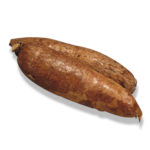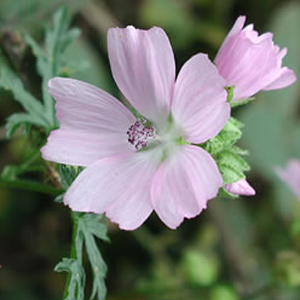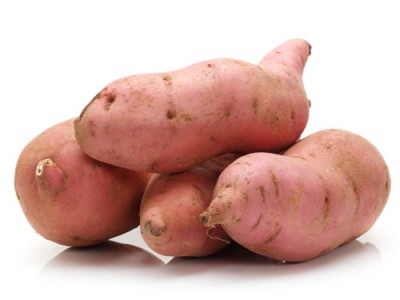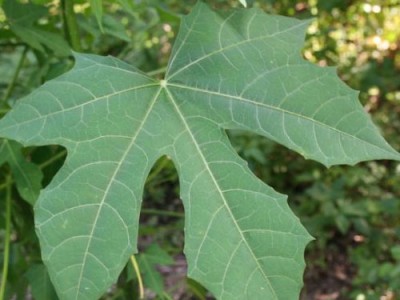
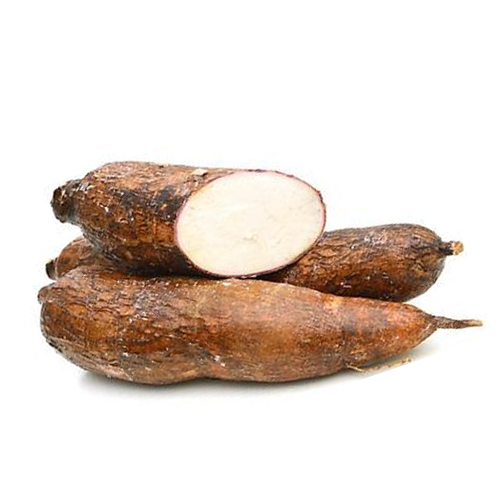
Tapioca Origin And Its Nutritional values
Tapioca Origin And Its Nutritional values
Indigenous to Brazil’s North Region, Tapioca is a starch wrenched out from cassava root and the scientific name is Manihot esculenta.
Thereafter, it was spread throughout the South American continent and cultivated worldwide counting other continents of Africa and Asia, including the Philippines and Taiwan.
It is believed that Portuguese and Spanish explorers carried this plant to most of the West Indies. Mainly used as a thickening agent, this is a staple food in many world regions.
The roots of tapioca are used to prepare tapioca chips that are prepared in parts of South India, while the pearls of it are referred to as “javvarisi” in Tamil. It is consumed raw or boiled to serve as a snack.
[tribulant_slideshow gallery_id="388"]
Origin
- In Brazil, the starch of cassava is known as Tapioca, while cassava itself is identified as mandioca or aipim which is derived from the word tipi’óka.
- It was spoken by the inhabitants when the Portuguese first arrived in the Northeast Region of Brazil.
- The word “Tupí” refers to the method by which the starch is made suitable for eating.
- It has a great connection with World War II.
- During this time, there was a severe shortage of food in Southeast Asia and it is believed that many refugees had survived eating tapiocas and the plant has provided the much-needed carbohydrates and other nutrients during wartime.
- Despite that it takes a year or ten months to grow to full maturity, it is said that the cassava plant is easily propagated by stem-cutting; in addition, it grows well in low-nutrient soils, and can be harvested every two months.
Nutritional Value
-
- Low in saturated fat, protein and sodium, it mainly consists of carbohydrates, with each cup containing just about 23.9 grams for a total of 105 calories.
- With no significant essential vitamins or dietary minerals, it is said to contain a very small amount of oleic acid, and no omega-3 or omega-6 fatty acids.
Way of cultivation
- Tapioca is a starch extracted from cassava root. It is used in many food products and is a staple crop in many parts of the world. Tapioca cultivation is relatively easy and requires little maintenance.
- The most important step in tapioca cultivation is selecting a suitable location. The soil should be well-drained and slightly acidic. It is best to avoid areas prone to flooding or waterlogging.
- The next step is to prepare the soil for planting. The soil should be tilled to a depth of about 8-10 inches and fertilizers may be added to increase the nutrient content. After tilling, the soil should be leveled and free of weeds.
- Once the soil is ready, the cassava cuttings can be planted. These cuttings should be planted about 2-3 inches deep and spaced about 2 feet apart. Once the cuttings are established, they should be watered regularly. The soil should remain moist, but not overly wet.
- Tapioca is a drought-tolerant crop, and it should not be over-watered.
- Finally, the tapioca should be harvested when the roots are mature and the leaves have started to turn yellow. The roots can then be peeled, dried, and processed into flour or other products.
Tapioca Uses
- The starch extracted out of Tapioca is used for stiffening garments before ironing.
- This extract is sold in bottles of natural gum starch which should be liquefied in water or in spray cans.
- Apart from being used for starching dresses, the root of Tapioca is used to produce a biodegradable bag which is believed to be developed from a tapioca resin of the plant as a viable plastic substitute.
- Not only is it ecological, however, it can be composted, and is renewable, reusable, recyclable and sustainable.
- Some of the other resin products of tapioca consist of reusable gloves, capes, and aprons.

